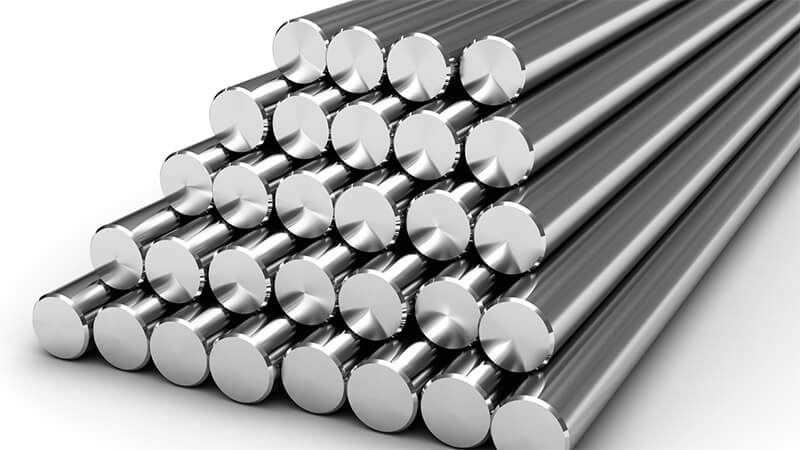
Stainless Steel 316L (UNS S31603) – The Low Carbon Wonder
Stainless steel is an incredibly versatile material, commonly used in numerous applications across various industries. 316 and 316L stainless steel are two of the most commonly used grades of stainless steel, owing to their excellent corrosion resistance and strength. At their core, both these stainless steel grades are indistinguishable from one another. However, Stainless Steel 316L, a variant of 316, is an extra low carbon version that minimizes carbide precipitation from welding.
Carbide precipitation is a condition wherein the carbon in stainless steel combines with chromium to create chromium carbide in the heat affected zone (HAZ) of the weld. This can lead to the depletion of the chromium content of the stainless steel, thus reducing its resistance to corrosion. 316L stainless steel combats carbide precipitation by reducing the carbon content that leads to its formation, resulting in improved weldability, even in the most challenging environments.
Properties of Stainless Steel 316L
Stainless Steel 316L has excellent resistance to pitting and crevice corrosion in external and internal environments. The alloy is also resistant to stress corrosion cracking and chloride attack, making it ideal for use in chemical processing, marine, and wastewater treatment applications.
The low carbon content of 316L stainless steel offers excellent resistance to intergranular corrosion (IGC) during welding. This is particularly important in areas where the material needs to withstand prolonged exposure to high temperatures. The low carbon content of this grade also means that it can be easily welded without causing carbide precipitation or intergranular corrosion.
Applications of Stainless Steel 316L
Stainless steel 316L has a wide range of applications in various industries. It is particularly favored in applications where resistance to corrosion and strength are critical. Below are some of the most common applications of Stainless Steel 316L:
1. Chemical and Petrochemical Processing: The high resistance of 316L stainless steel to chemicals makes it an ideal material for the manufacture of chemical processing equipment such as pipelines, pressure vessels, and storage tanks.
2. Food and Beverage Production: Stainless steel 316L is safe for use in food and beverage production, making it ideal in applications such as brewing and dairy processing.
3. Marine and Offshore Installations: The excellent marine resistance of this stainless steel makes it popular in marine and offshore installations, such as ship hulls, boat fittings, and pipelines.
4. Wastewater Treatment: The high resistance of 316L stainless steel to corrosion and pitting makes it ideal for use in wastewater treatment plants.
Conclusion
Stainless Steel 316L (UNS S31603) is an incredibly versatile alloy renowned for its excellent corrosion resistance, even in the harshest environments. The low carbon content of 316L makes it resistant to carbide precipitation from welding, ensuring superior weldability without compromising the alloy's corrosion resistance. The applications for Stainless Steel 316L are extensive, with its outstanding properties making it an ideal material for a wide range of commercial and industrial applications, including chemical processing, food and beverage production, marine and offshore installations, and wastewater treatment.